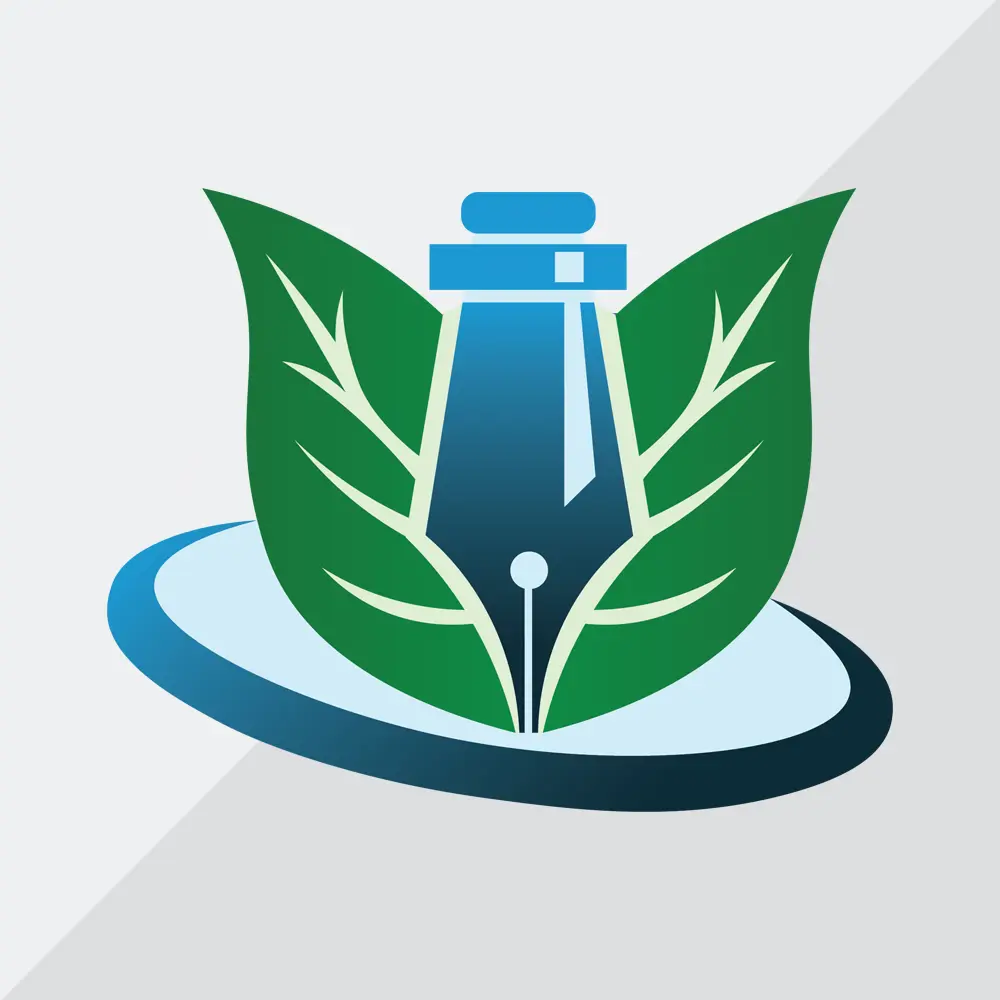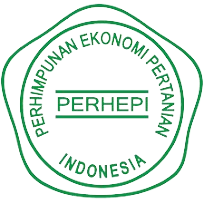Strategic Marketing Analysis of Club Roppang Toast: Enhancing Competitiveness through Capital Optimization and Consumer-Centric Approaches
DOI:
10.25047/jmaa.v4i1.92Downloads
Abstract
Club Roppang Toast Business is a business in the agro-industry sector located on Jalan Srikoyo, Patrang District, Jember Regency, East Java. This business produces toast with various flavors such as sweetened condensed milk, butter, sugar, oreo, chocolate, beng beng, milo, jasuke, honey, choco mozz, cheese, smoked beef. The purpose of this study is to determine the right marketing strategy to be used by the Club Roppang business in order to compete and develop in the future. The method used in this study is the SWOT and QSPM methods, so that several strategic results can be obtained, including (1) Improving good service and maintaining product quality so that consumers remain loyal (2) Adjusting the attractiveness of the Roppang club with changes in lifestyle and as the population increases (3) Increasing the capital used to be able to meet the purchase of raw materials so that it can increase people's purchasing power (4) Carrying out modern recording so that the purchase of raw materials is more efficient so that it can compete with similar products (5) Re-adjusting the prices that have been set with the increasing population so that it increases consumer loyalty (6) Improving less efficient production equipment with the development of technology so that it can adjust to changes in people's lifestyles (7) Competing on price by adjusting the price of raw materials so that it can increase people's purchasing power (8) Optimizing less strategic locations by utilizing promotional media so that it can compete with similar products. Of the eight strategies, the most important results were obtained, namely carrying out a strategy to increase the capital used to be able to meet the purchase of raw materials so that it can increase people's purchasing power.
Keywords:
strategy marketing toastReferences
[1] P. Kotler and G. Amstrong, Marketing Principles, Edition 12. Jakarta: Erlangga, 2008.
[2] I. F. B. Ningsih and Susilawati, “Strategi Pemasaran Roti Bakar Jamin Halal Nikmat (JHN) Wangi Madu,” J. Soc. Econ. Agric., vol. 7, no. 1, 2018, [Online]. Available: https://jurnal.untan.ac.id/index.php/jsea/article/view/30757
[3] A. N. Fitria and R. F. Cahyani, “Desain Strategi Pemasaran Digital Menggunakan Media Sosial Instagram Pada Lely Cake Banjarbaru,” J. Bisnis dan Manaj., vol. 1, no. 5, 2022, [Online]. Available: https://ejurnal.poliban.ac.id/index.php/JBM/article/view/1317
[4] Y. Hermawan, “Strategi Pemasaran Online Usaha Rumahan Untuk Menarik Konsumen,” J. Pendidik. Luar Sekol., vol. 6, no. 1, 2022.
[5] F. Nasiruddin, T. Tahir, and Marhawati, “Strategi Pemasaran Roti Maros di Kabupaten Maros,” J. Univ. Muhammadiyah, vol. 2, no. 8, 2019.
[6] Sugiono, Metode Penelitian Kuantitatif, Kualitatif dan R&D. Bandung: Alfabeta, 2016.
[7] F. Rangkuti, Analisis SWOT Teknik Membedah Kasus Bisnis. Jakarta: Gramedia Pustaka Utama, 2008.
[8] D. Sari, “Analisis Strenght Weakness Opportunity Threat (SWOT) Dalam Menentukan Strategi Pemasaran Penjualan Roti,” Pragmatis J. Manaj. dan Bisnis, vol. 1, no. 1, 2020, doi: http://dx.doi.org/10.30742/pragmatis.v1i1.1052.
[9] F. R. David, Manajemen Strategik. Jakarta: Salemba Empat, 2016.
[10] K. Rohmah and A. Badi’, “Analisis Strategi Pemasaran Dalam Menghadapi Persaingan Pasar Pada Toko Roti Merah Delima Kediri,” J. At_Tamwil Kaji. Ekon. Syariah, vol. 2, no. 2, 2020, doi: https://doi.org/10.33367/at.v2i2.1450.
[11] E. Septia and S. Anam, “Strategi Pemasaran untuk Meningkatkan Pendapatan pada UD Sumber Abadi Kademangan Kabupaten Blitar,” J. Penelit. Manaj. Terap., vol. 5, no. 1, 2020, [Online]. Available: https://journal.stieken.ac.id/index.php/penataran/article/view/464
[12] T. N. Roifah and D. Pramita, “Pemasaran Produk Bakery Roti Di Pondok Pesantren Al- Mashduqiah Patokan Kraksaan,” Ar-Ribhu J. Manaj. dan Keuang. Syariah, vol. 1, no. 1, 2020, doi: https://doi.org/10.55210/arribhu.v1i1.457.
License
Copyright (c) 2024 Eka Rachmad Fanianto, Datik Lestari

This work is licensed under a Creative Commons Attribution 4.0 International License.
You are free to:
- Share — copy and redistribute the material in any medium or format for any purpose, even commercially.
- Adapt — remix, transform, and build upon the material for any purpose, even commercially.
The licensor cannot revoke these freedoms as long as you follow the license terms.
Under the following terms:
- Attribution — You must give appropriate credit, provide a link to the license, and indicate if changes were made. You may do so in any reasonable manner, but not in any way that suggests the licensor endorses you or your use.
- No additional restrictions — You may not apply legal terms or technological measures that legally restrict others from doing anything the license permits.
Notices:
You do not have to comply with the license for elements of the material in the public domain or where your use is permitted by an applicable exception or limitation.
No warranties are given. The license may not give you all of the permissions necessary for your intended use. For example, other rights such as publicity, privacy, or moral rights may limit how you use the material.






